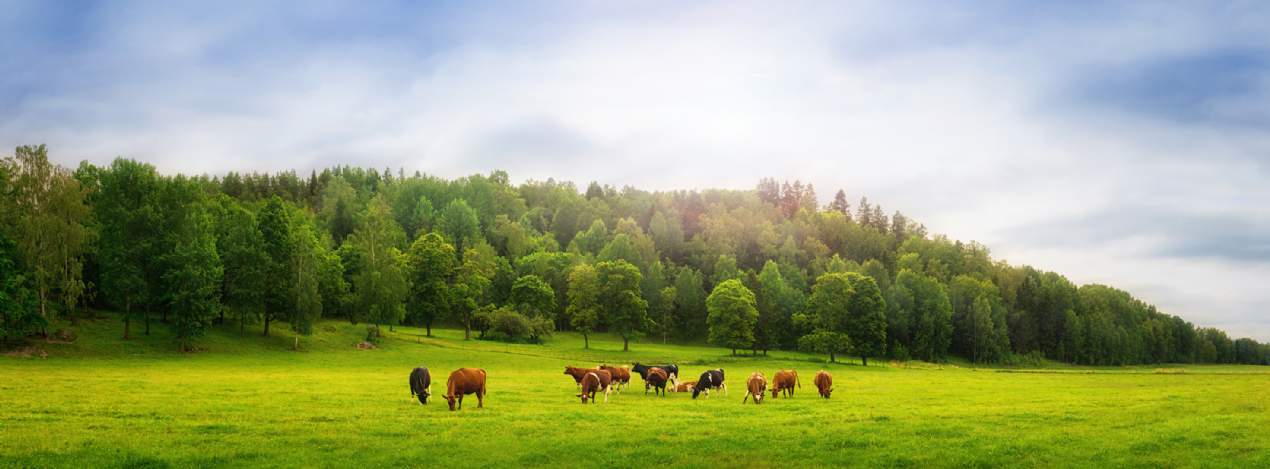Regenerative farming is not a new concept and, whilst the term itself was coined in the 1980s, some of the practices go back thousands of years.
INTERCROPPING
Intercropping, which today is seen as an advanced method of regenerative farming, has been used by the Iroquois of North America for hundreds of years. Maize, beans, and squash were planted together, with the maize acting as a trellis for the beans, the beans fixing nitrogen to help the maize, and the squash retaining moisture in the soil and deterring weeds.
NO-TILL AGRICULTURE
No-till farming has been utilised for thousands of years through necessity; the Incas of South America and the ancient Egyptians, for example, planted seeds by using a stick to make a hole in unprepared soil. Although forms of the plough go as far back as to be mentioned in the Bible, the modern iteration was invented in the 18th century as an efficient way to control weeds. However, as technology advanced, the idea of modern no-till farming started in the 1940s and ’50s with the creation of herbicides such as Paraquat alongside the release of a book entitled Plowman’s Folly by Edward Faulkner. Faulkner was undoubtedly ahead of his time, stating “there is nothing wrong with our soil, except our interference” and “there is simply no need for ploughing in the first instance. Most of the operations that customarily follow the ploughing are entirely unnecessary, if the land has not been ploughed".
By 1973/1974 the area under no-till within Great Britain increased to 200,000 hectares, and 10 years later to 275,000, making it the second largest area in the world behind the USA. At this point, many landowners were stubble burning to assist with weed and pest reductions; however, when this was prohibited in 1993 no-till took a backwards step in this country as the machinery of the day couldn’t cope with the volume of straw produced by the UK’s high-yielding cereal crops.
MOB GRAZING
Mob grazing is perhaps the most ancient practice of all. By its very nature it is seeking to mimic the grazing of native herbivores such as bison, utilising high concentrations of livestock for a short period of time, and then moving along, giving the fields time for the grasses and wildflowers to regrow and set seed.
The modern iteration is sometimes credited to Allan Savory, a Zimbabwean farmer who practiced the method of increasing livestock numbers within planned grazing systems, to reverse desertification.
COVER CROPS
Cover crops have a rich history, with bell beans grown in vineyards in the early Roman empire to increase soil fertility, and there is evidence of their use even further back in fields in ancient China and India. George Washington, the first US President, was an advocate for cover crops, with his rotations specifying “crops grown to eat and sell” and “crops grown to replenish the soil”. The practice began to wane from the 1950s with the invention of modern synthetic fertilisers which could increase soil fertility without cover cropping.
Over the years, regenerative techniques have been lost in the search for productivity. Regenerative agriculture should be viewed as relearning forgotten knowledge, rather than a new system of farming.
Further information
Contact George Marffy or Tom Cackett

.jpg)

.jpg)
.jpg)
.jpg)




